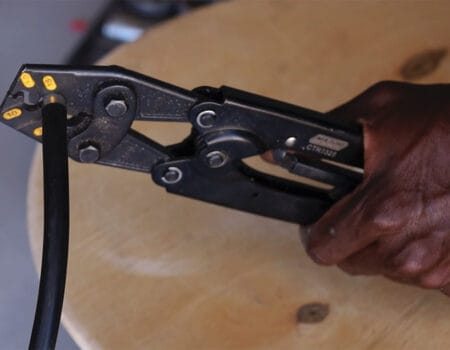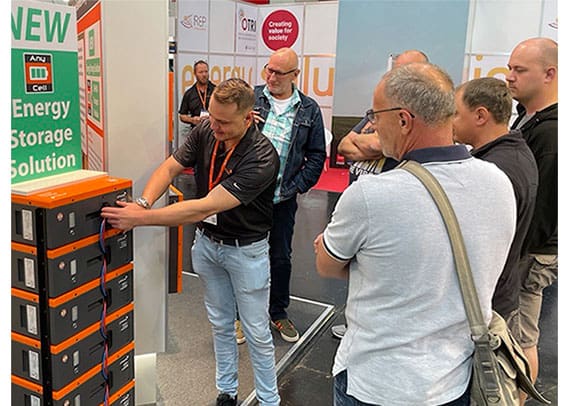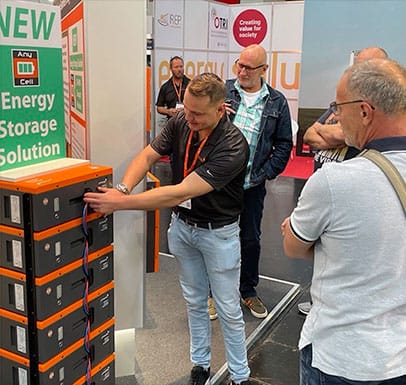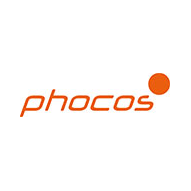
Advanced Technical Development and Support for OEM Partners is a Major Key to Success
Simply put, while there are a lot of factors to consider when launching or enhancing an OEM product, the key to success will come down to choosing the right component partners to work with to elevate an OEM design for a long-lasting, high-quality result.
Build Your Product Dream Team
No matter the size of the market, all can agree that a product team is required to make a successful, trusted OEM device. As an example, Phocos can speak with expertise to solar and alternatively powered OEM electrical products using a solar charge controller. This category might include smart products like outdoor lighting solutions, agricultural innovations, arrow board sign lighting, fleet/recreation solutions, security options, and many other creative, turnkey products used today for various applications. With this style of turnkey solutions using renewable energy power, a winning team should be comprised of experts in development, user experience, and product management. Team strengths may include software, hardware, firmware, R&D testing and compliance engineering. This dream team could also include mechanical engineering depending on the project. From the OEM side, there must be a leader of the project management process to head internal and external communication. Strong communication skills will alleviate wasted hours and inefficiencies.
6 Points to Consider When Creating the OEM Dream Team for Optimum Success
1. R&D Experience
- Experience matters. Find a partner who has the experience to drive a solution in the most efficient manner. A strong partner can sometimes provide shortcuts for OEM customers to help save on resources.
- Question years in business, specifically experience doing R&D for similar projects. For the solar charge controller example, this will be a short list to pull from since it is difficult to find a quality engineering team working on solar controller design and applications for decades. Find out their history of experience with their own equipment but also working collaboratively with other OEM partners.
- From day one, the right partner will offer value, execute deliverables faster, save money and time to avoid investing in technical talent at the OEM level.
- R&D can be the hardest part of the development process, so partner selection is vital to not lose precious time and dedicated budget.
2. Time is Money
- To speed up the process, be strategic to avoid taking time to hire and train a team of engineering experts internally. Move faster by selecting the right partner to leverage their expertise.
- Streamline the design phase. The right development partner will have reference designs that are ready to be applied from day one. These verified designs can often be customized to a specific application. This sort of foundation could save an OEM partner up to 12 months of design interactions. Some areas to consider:
- Engineering is discovery. There will always be design findings that will deviate from the original simulation and schematics – this is when experience matters. A quality partner will have engineers who have experienced design cycles many times with successful outcomes. The right team will pivot and solve these challenges with efficiency.
- Hardware development is time consuming. This typically entails running simulations, ordering Printed Circuit Boards (PCB’s), continual testing, development beyond software, trial production, design for manufacturing and function (prototyping and mass production). This is what makes hardware development time consuming as compared to software development. A team with hardware development experience is invaluable.
- When in the design phase, an experienced team will be focused on two different test protocols. Both are important but both take time to evolve with a different focus:
- Prototyping verifies if the design works by ordering a small quantity for testing and confirmation.
- Mass production defines an efficient assembly line process that will calibrate and test Printed Circuit Boards with a focus on assembly, packaging, and shipping. Mass production design also verifies the manufacturing process is efficient and economical.
3. Standards Compliance
- Compliance with international industrial standards will be easier with an experienced team behind a finished OEM product. When a company has been working with labs for decades, it will streamline the process. The right partner will know how to design for the expected output the customer or application requires and design to meet the standards of compliance mandates imposed by various countries or industries.
4. Understanding the Application
- Many factors must be understood to meet the requirements of different types of applications. A partner with experience in many different markets – ranging from recreation to industrial to private use – will design for optimized performance in each application because there is an understanding of the unique customer needs. There are nuances in requirements from vibration testing to environmental testing and everything in between. Seeking out a partner who knows how to comply with any requirement will help ensure a trusted, long-term solution.
5. Quality for the Long Run
- Going for the cheapest model, only factoring price, is short sighted. A solar charge controller failure will result in a failure of the entire OEM product – and no company wants that reputation. Do your research to select the right partner to assure quality and longevity.
- Working with a partner who has a track record of performance is vital.
- Request to see data and aim to use a team that has a low return rate for defect. This will help with overall market success but internally it will also help to control associated failure costs.
6. Flexible Customization
- This can mean different things depending on the OEM partner’s requirements. Choose a partner who is flexible to grow with your business. This may entail:
- Electrical specifications required by the product or by a design owned by the OEM.
- Using a mechanical enclosure that fits and is branded for the OEM.
- Leveraging the partners’ product line, identifying specific components required for the OEM application.
- A customized software interface that meets equipment and customer requirements.
- Support with documentation to help create manuals and specifications for end-user ease or offer what might be required by industry standards to comply with laws and mandates.
- Qualifying to standards required for the OEM product or installation environment. For example, if a Class I Div. 2 standard is required, the partner should have experience with their own product catalog and the OEM benefits from leveraging performance results from the equipment being in the field for decades. This will ensure the best outcome for projects ranging from hazardous and dusty locations to proper set points for temperature performance. Bottom line, the team with the right experience ensures the OEM will experience a reliable outcome that results from proven performance.
- Creating a product that showcases the OEM brand in real-world performance and with casing branded to the OEM guidelines. The process can fit the OEM brand with style, colors, fonts, and logos. As a total package, the product or alternatively powered kit will promote what the OEM company stands for inside and out.
- Creating the right engineering dream team will support the requirements of the first OEM product and enhance future planning. Working with a company that can customize with flexibility project to project, will create no limitations to ongoing success as conditions pivot. This will also speed up the next project’s success.
It is important to understand, an OEM working with a partner who can offer software or hardware to be used as components in their customer-facing products happens every day. Selecting the right partner who produces a quality, non-aftermarket part to contribute to the OEM’s success is a crucial decision. For electrical products using solar charge controllers, Phocos executes customized solutions for OEM partners daily to provide opportunities for successful product launches and growth with OEM turnkey solution product lines.
Ask Phocos, Your Partner in Solar and Alternative Power Applications
From development to customization and white labeling, Phocos has over 20 years of experience helping industry-leading OEM companies succeed and gain global market share in their respective specialties. Of course, the goal of the OEM is to have a reliable product customers can count on and Phocos checks all the boxes mentioned above to make that happen. Execution of product launches and product evolutions, while hitting critical timelines, quality standards and budget requirements is made easy with Phocos solar charge controllers and our experienced team.
Want to learn more about how Phocos can help with your OEM application? Click here. The Phocos experts are here to help make your next project a success. Phocos partners with some of the world’s most trusted brands to deliver customized solutions for off-grid power applications. OEM companies are in good hands when partnering with Phocos.












